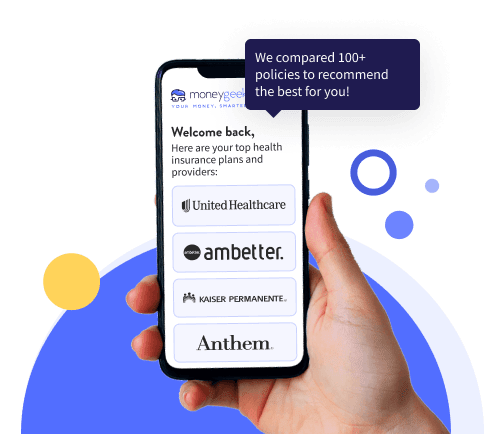Major medical insurance exists to protect you from potentially catastrophic medical costs, especially in case of emergency or major illness. The insurer shares your health care costs with you and helps you access the preventive and routine care you need to stay healthy and identify health problems early.
In the United States, there are different health insurance examples and several ways to get health insurance, including through an employer, the government, the health insurance marketplace, the insurer itself or a broker.
There are also different types of health insurance, such as health maintenance organizations (HMOs) and preferred provider organizations (PPOs), that offer a range of insurance coverage options and costs. By definition, managed care plans work through contracted health care provider networks, with more or less restrictive policies and varying costs depending on the type of plan.


